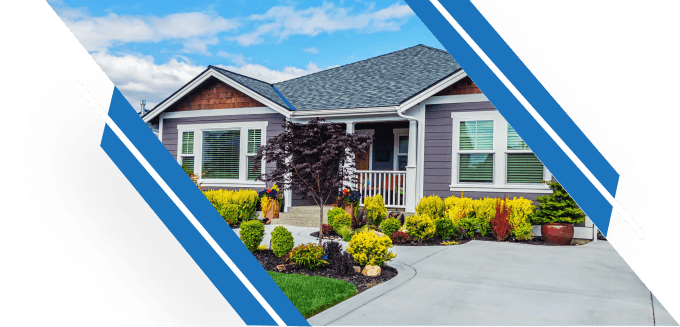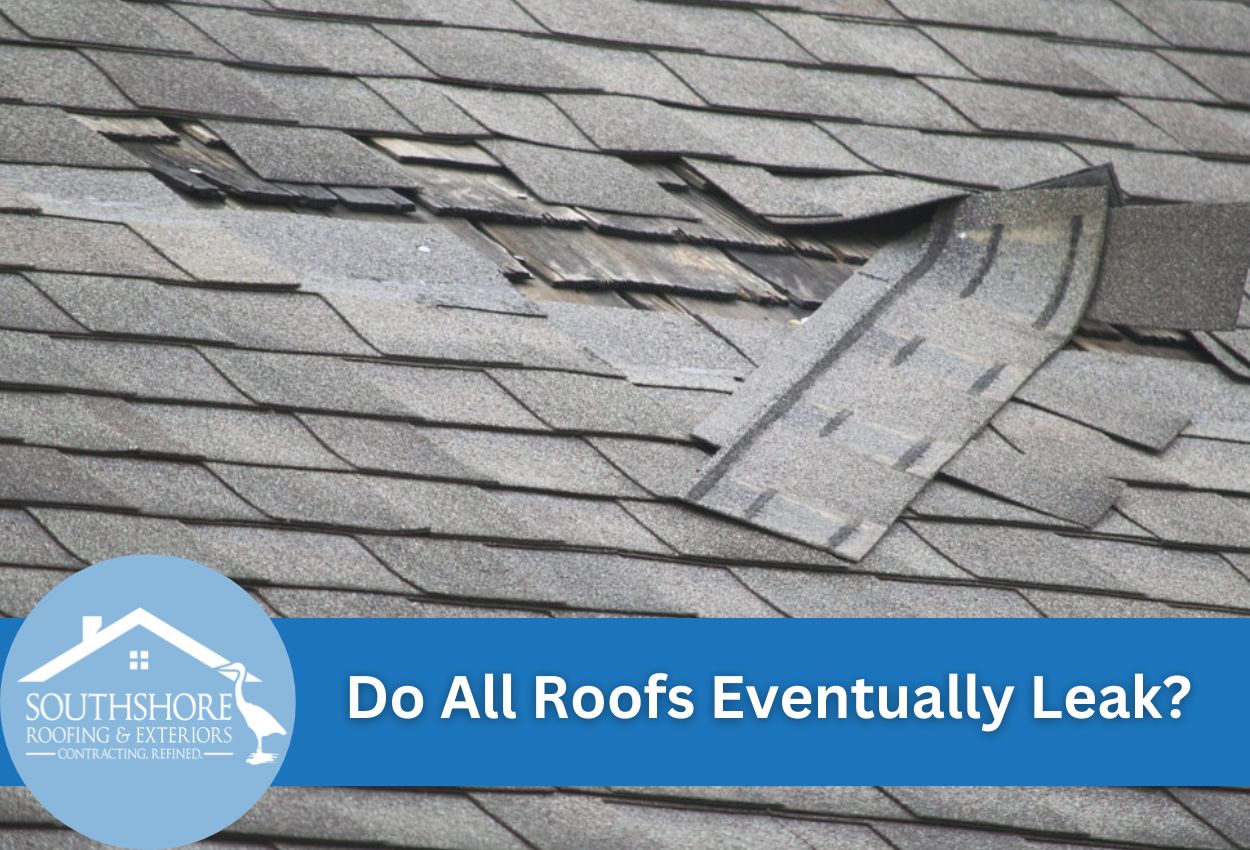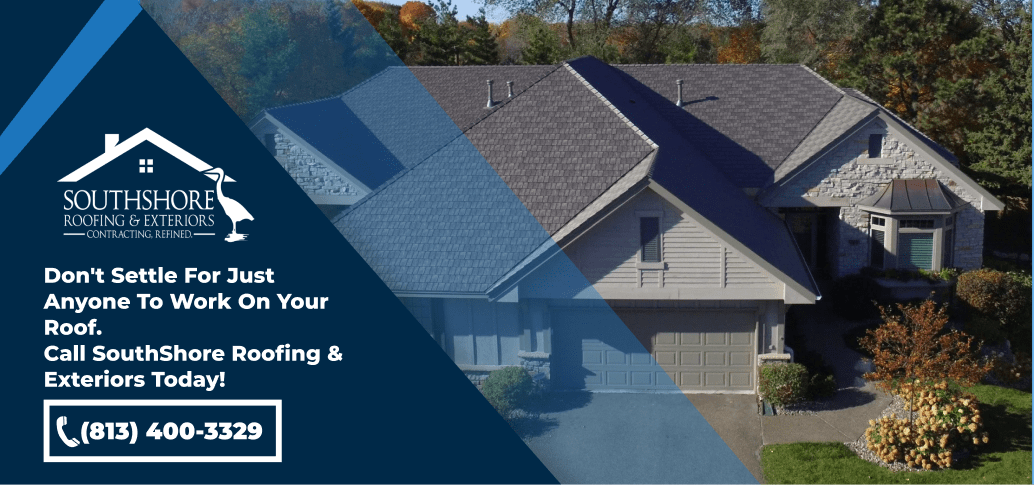As a homeowner, you’ve probably wondered, “Do all roofs eventually leak?” The integrity and lifespan of a roof are crucial to the safety and comfort of a home, particularly in areas like Tampa, FL, where weather can be harsh. In this article, we will get into the durability and longevity of various roofing materials and how they stand up against the challenges posed by nature and time.
There are countless factors that affect a roof’s lifespan. Elements such as Tampa’s intense sun, occasional storms, quality of installation, and material choice all influence how a roof ages. Knowing common causes of roof leaks, signs of roof failure, and following maintenance tips are key to prolonging the life of a roofing system.
It’s important to not only recognize the potential for leaks but also to know how to prevent or fix them. Whether evaluating the current condition of your roof or planning future maintenance, understanding the factors that lead to roof deterioration can help homeowners protect their home.
Common Causes of Roof Leaks
Identifying vulnerabilities in roofing systems that lead to leaks is necessary for maintaining the integrity of your home. In Tampa, FL, certain local conditions worsen roof wear and accelerate aging, posing unique challenges to buildings and houses. Understanding these factors can help homeowners implement effective roof maintenance strategies.
Poor installation and aged materials are the primary cause of roof leaks. As roofs age, they often shows signs such as cracked shingles or damaged flashing, which are direct pathways for water. Regular inspections can catch these visible issues early, stopping leaks from forming.
Additionally, Tampa’s climate contributes significantly to roof deterioration. The area’s frequent heavy rainfalls and high humidity levels can lead to the accumulation of moisture on and under roofing materials. This environment is perfect for mold and mildew growth, which can weaken roofing structures and lead to leaks. Seasonal storms and occasional hurricanes also test the durability of roofing systems with strong winds and flying debris, further increasing the risk of roof damage and subsequent leaks.
By regularly inspecting your roof, addressing signs of a leaking roof immediately, and considering local weather conditions in your maintenance plans, you can extend the life of your roof and reduce the likelihood of unexpected repairs.
Signs That Your Roof May Be Leaking
Recognizing the early signs of a leaking roof can prevent extensive water damage to your home. Homeowners should be vigilant about both visible indicators and more subtle signs that suggest a breach in their roofing system.
Visible signs often include water stains on ceilings or walls, missing or damaged shingles, and damaged flashing around chimneys or vents. These directly indicate that your roof may be compromised. Additionally, during or after a rainstorm, any signs of drips or puddles in the attic or on upper floors can be clear signs of leaks.
Subtle signs might be more challenging to detect and often require a closer inspection. These can include a musty odor in certain areas of the house, which could indicate mold or mildew growth due to moisture intrusion. Another subtle sign is the presence of shingle granules in gutters. While this might seem harmless, it can indicate significant shingle wear that might lead to leaks.
Different roofing materials will show varying signs of wear and susceptibility to leaks. For instance, tile roofs may have cracked or broken tiles, while metal roofs might have issues with sealants at the seams and joints. Each material requires a specific approach to maintenance and repair, which shows the importance of tailored roof maintenance tips and repair solutions for each type.
Understanding these signs and how they differ based on the roofing material is crucial for immediate interventions. Early detection and repair are key to minimize the impacts of roof leaks, ultimately helping to extend the lifespan of your roofing system.
Does Roof Material Affect If a Roof Will Leak?
Different roofing materials such as asphalt shingles, metal, and tile not only offer distinct aesthetic appeals but also vary in how they respond to environmental stressors, which can influence their likelihood of leaking. Each material comes with its own set of strengths and vulnerabilities that can affect its overall performance and longevity.
Asphalt shingles, for instance, are popular due to their cost-effectiveness and ease of installation. However, they are prone to cracking and blistering under extreme temperature fluctuations, which can lead to leaks. Metal roofs, on the other hand, are highly durable and resistant to severe weather conditions, but poor installation or damage to their protective coating can lead to rust and leaks. Tile roofs are excellent for heat resistance and have a long lifespan, but they can be susceptible to cracking if impacted by heavy debris during storms.
While these materials can all effectively keep water out when installed correctly, they age and deteriorate at different rates when exposed to environmental factors and based on the quality of installation. However, regular maintenance can extend the life of any roofing material and prevent leaks.
To maintain the integrity of your roof, regular inspections and repairing any signs of wear or damage as soon as their noticed are essential. Following consistent roof maintenance tips, understanding the causes of roof leaks, and applying roof repair solutions based on the specific needs of the material and local weather conditions can help prevent leaks and extend the life of a roof.
Factors That Can Cause a Roof To Start Leaking
There are several factors that can cause roof leaks, which can be particularly concerning for homeowners in cities like Tampa, FL, known for its dynamic weather patterns.
Installation quality plays a major role in the longevity of your roof. A roof that has not been installed correctly is prone to premature wear and tear, leading to leaks much sooner than expected. Additionally, neglecting maintenance can lead to the deterioration of roofing materials and structures, which increases the likelihood of leaks.
Weather conditions also significantly impact roof durability. In Tampa, the combination of intense sun, heavy rainfalls, and occasional hurricanes can severely test the resilience of roofs. Over time, these elements can cause materials to warp, crack, or break, eventually leading to leaks. Age and weathering inherently weaken a roof’s structure, and older roofs are more susceptible to leaking due to material degradation.
Exposure to extreme elements such as hurricanes and prolonged moisture can further exacerbate roof issues, making frequent inspections and repairs even more necessary. By recognizing these factors and taking proactive steps in roof maintenance and repair, homeowners can minimize the risk of leaks and extend the lifespan of their roofs.
Preventative Measures to Avoid Roof Leaks
Regular maintenance is essential to extend the life of your roof and prevent leaks, especially in areas like Tampa, FL, where the climate can pose additional challenges to roofing systems. With a few preventative strategies, homeowners can protect their roofs against common issues and ensure their durability over the years.
As we’ve mentioned, it’s important to conduct regular inspections, particularly after severe weather events. This allows you to find and fix potential issues like cracked or missing shingles, damaged flashing, or accumulation of debris, which are common causes of roof leaks. It’s also a good idea to hire a professional roofing contractor, as they can detect problems that might not be obvious to the untrained eye.
Seasonal roofing care is also crucial, especially in Tampa. Before the rainy season, make sure gutters and downspouts are clean and free of blockages to prevent water accumulation on the roof. Additionally, trimming overhanging tree branches can reduce the risk of physical damage and debris accumulation.
Addressing any signs of a leaking roof immediately is vital. Early intervention can prevent minor issues from turning into major leaks that could cause extensive damage to your home. Implementing these regular and seasonal maintenance practices will not only help prevent roof leaks but also extend the lifespan of your roof, making it a wise investment for every homeowner.
Immediate Actions to Take When You Detect a Leak
Discovering a leak in your roof can be alarming, but quick action can minimize damage and potentially save you from expensive repairs. For homeowners in Tampa, FL, where storms can swiftly worsen small leaks, understanding the immediate steps to take is crucial.
First and foremost, if you notice signs of a roof leak, such as water stains on your ceiling or dripping sounds during a rainstorm, it is imperative to address them immediately. Start by containing the leak if possible. Place a bucket or any large container under the site of the drip or stain to catch the water. This can help prevent water from spreading and causing further damage to your floors, furniture, and other belongings.
Next, if safe, attempt to visually inspect both the interior and exterior of your roof to identify the source of the leak. Look for common causes of roof leaks like damaged or missing shingles, cracked flashing, or blocked gutters. Documenting these issues can be helpful when consulting with roofing professionals for repairs.
It’s also essential to contact a local roofing contractor as soon as possible. In Tampa, professionals are familiar with the common issues caused by local weather patterns and can offer rapid, effective solutions. Quick professional assessment and repair can prevent the leak from worsening, which is critical to avoid more extensive, and expensive, damage to your roof and home.
Remember, the faster you act when a leak is detected, the better you can manage the situation, reducing the impact on your home’s structure and your wallet.
Long-Term Solutions and Repairs for Roof Leaks
Deciding between a full roof replacement and localized repairs is necessary when dealing with roof leaks. Understanding professional repair solutions and their effectiveness can help homeowners make informed decisions that ensure the longevity and stability of their home’s roofing system.
Localized repairs are often sufficient for minor issues such as small leaks or damaged shingles. These repairs are less expensive and can be effective in extending the life of your roof if done correctly. However, it’s important to address any issues as soon as possible to prevent them from turning into bigger problems.
On the other hand, a full roof replacement might be necessary when the roof is extensively damaged or nearing the end of its lifespan. This is especially true in environments like Tampa, FL, where severe weather can significantly shorten a roof’s life. Replacing a roof can be a substantial investment but it provides the opportunity to upgrade the roofing materials, which can offer better protection against future leaks and damages.
Ultimately, the decision should be based on an inspection by a professional roofer who can assess the extent of damage and recommend the best solution. However, in the mean time, regular roof maintenance and repairs can prevent leaks and ensure your roof remains in good condition for as long as possible.
Protect Your Roof – Contact SouthShore Roofing & Exteriors Today!
Don’t wait until it’s too late. Ensure the longevity of your roof by scheduling a professional inspection with SouthShore Roofing & Exteriors. Our expert team in Tampa, FL understands the unique challenges that roofs face in this area. Whether it’s regular maintenance, repairs, or a full replacement, we’ve got you covered. Call us at (813) 400-3329 to protect your home from potential leaks and costly damage. Don’t let a small issue turn into a major problem. Trust SouthShore Roofing & Exteriors to keep your roof secure for years to come.




